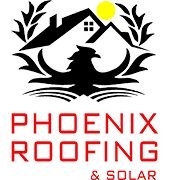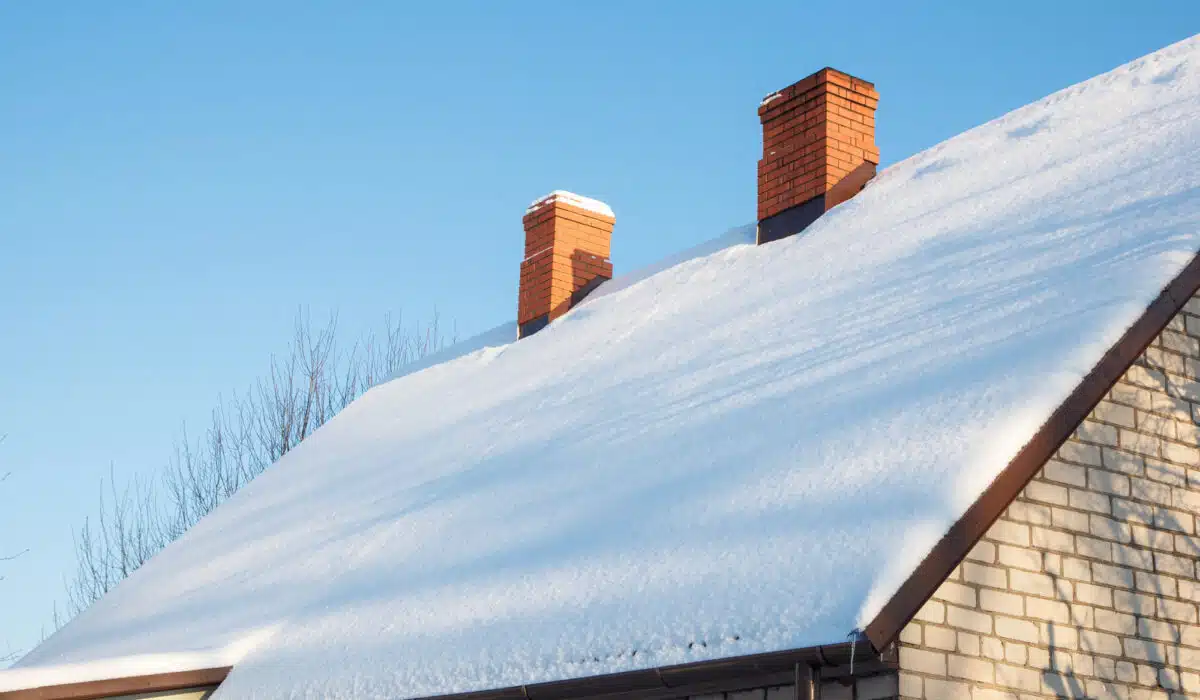- 0 Comment
How to Spot and Fix Winter Roof Leaks Before They Get Worse
Winter can be tough on your roof, especially in regions like Northeast Ohio where heavy snow, ice, and freezing temperatures put your roof to the test. One of the most common and damaging issues homeowners face during this season is winter roof leaks. Left untreated, these leaks can lead to costly repairs and even structural damage. At Phoenix Roofing and Solar, we’re here to help you spot and fix winter roof leaks before they get worse.
1. Signs of Winter Roof Leaks
Spotting winter roof leaks early is the key to preventing extensive damage. Here are some signs to watch for:
Water Stains on Ceilings or Walls: Discolored patches or streaks on your ceilings or walls are often the first signs of a roof leak. These stains may appear yellow or brown and grow larger over time.
Dripping Water: If you notice water dripping inside your home during or after a snowstorm, it’s a clear sign of a leak. This often indicates that water has penetrated the roofing layers and is making its way indoors.
Icicles or Ice Dams: While icicles hanging from your roof may look picturesque, they can signal ice dams. Ice dams form when snow melts, refreezes at the roof’s edge, and prevents proper drainage, leading to water backup and leaks.
Peeling Paint or Wallpaper: Moisture from roof leaks can seep into your walls, causing paint or wallpaper to bubble, peel, or crack.
Mold or Mildew: Persistent roof leaks create a damp environment where mold and mildew can thrive. Look for a musty smell or visible mold growth in your attic or on your ceilings.
2. Common Causes of Winter Roof Leaks
Understanding the causes of winter roof leaks can help you address the problem more effectively. Some common culprits include:
Ice Dams: When heat from your home escapes into the attic, it can melt snow on your roof. The water refreezes at the colder edges, forming ice dams that block drainage and force water under the shingles.
Cracked or Missing Shingles: Winter weather can exacerbate existing roof damage, such as cracked or missing shingles, allowing water to penetrate the roof.
Damaged Flashing: Flashing around chimneys, vents, and skylights can become loose or cracked over time, creating entry points for water.
Clogged Gutters: Blocked gutters prevent melted snow and ice from draining properly, increasing the risk of water pooling on the roof and causing leaks.
Poor Attic Insulation and Ventilation: Without proper insulation and ventilation, heat from your home can escape into the attic, contributing to ice dams and condensation that can lead to leaks.
3. How to Fix Winter Roof Leaks
Fixing winter roof leaks promptly can prevent further damage and save you money in the long run. Here’s what you can do:
Clear Ice Dams Safely: Use a roof rake to remove snow from the edges of your roof, reducing the risk of ice dam formation. You can also apply calcium chloride ice melt to break down existing ice dams.
Repair Damaged Shingles: Replace any cracked, curled, or missing shingles to restore your roof’s waterproof barrier.
Seal Leaks Around Flashing: Apply roofing caulk or sealant to areas where flashing is damaged or loose. For extensive damage, consider hiring a professional to replace the flashing.
Clean Gutters and Downspouts: Remove debris from your gutters to ensure melted snow and ice can drain properly. Installing gutter guards can help prevent future clogs.
Improve Attic Insulation and Ventilation: Adding insulation to your attic and installing ridge or soffit vents can help regulate attic temperature, reducing the risk of ice dams and condensation.
4. When to Call a Professional
While some minor repairs can be done yourself, significant winter roof leaks require professional attention. Contact a roofing contractor if: The leak is extensive or difficult to locate. Ice dams have caused water to back up under the shingles. There is structural damage, such as sagging rooflines or compromised decking. Phoenix Roofing and Solar offers expert roof inspections, repairs, and preventative solutions to protect your home from winter roof leaks.
5. Prevent Future Winter Roof Leaks
The best way to handle winter roof leaks is to prevent them altogether. Schedule a roof inspection before winter to address any weak spots, and keep up with regular maintenance to ensure your roof is in top condition year-round.
Protect Your Home from Winter Roof Leaks
Winter roof leaks can cause significant damage if not addressed quickly. By spotting the signs early and taking proactive measures, you can keep your home safe and dry throughout the winter months. If you’re dealing with a leak or want to prevent future issues, contact Phoenix Roofing and Solar today for professional roofing services.

